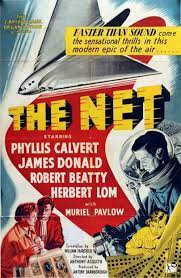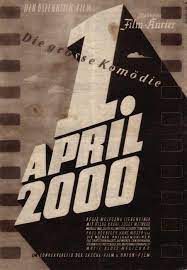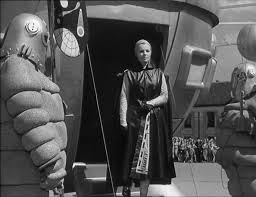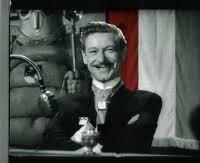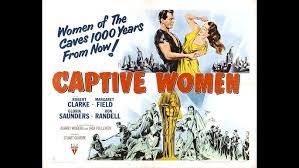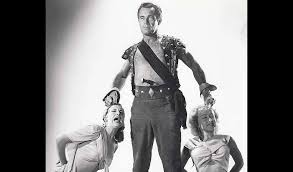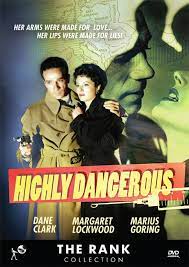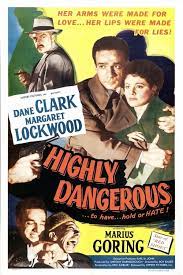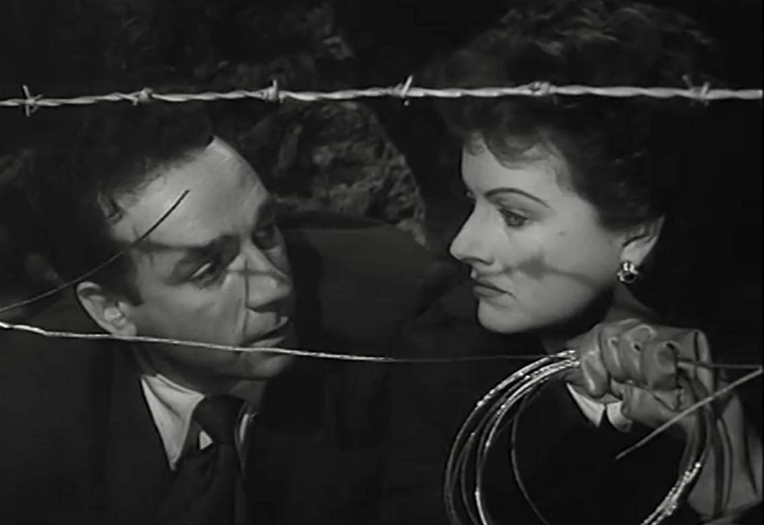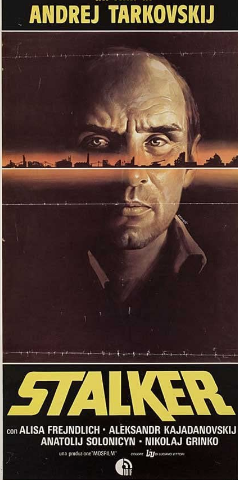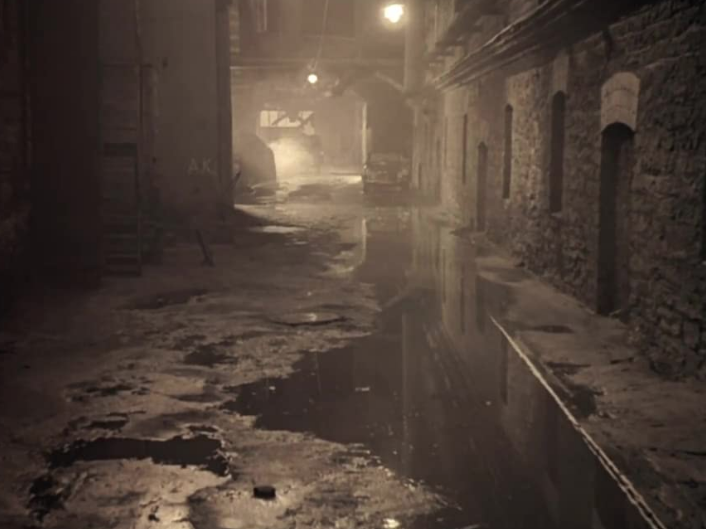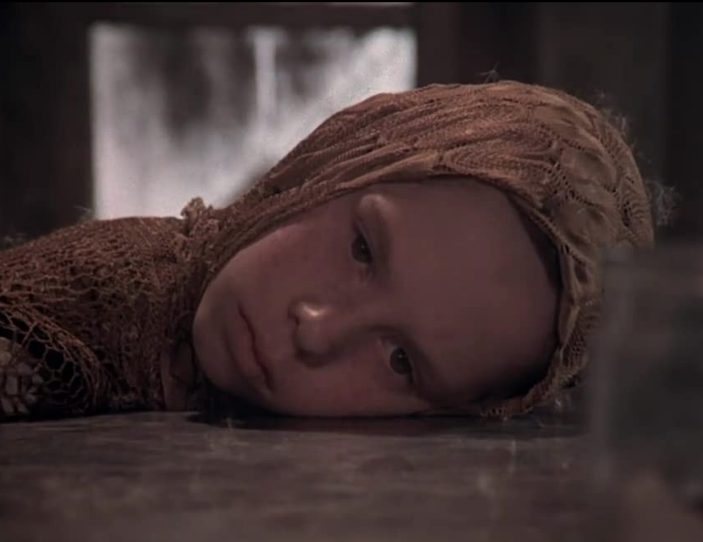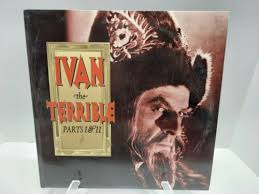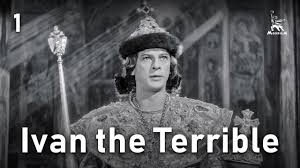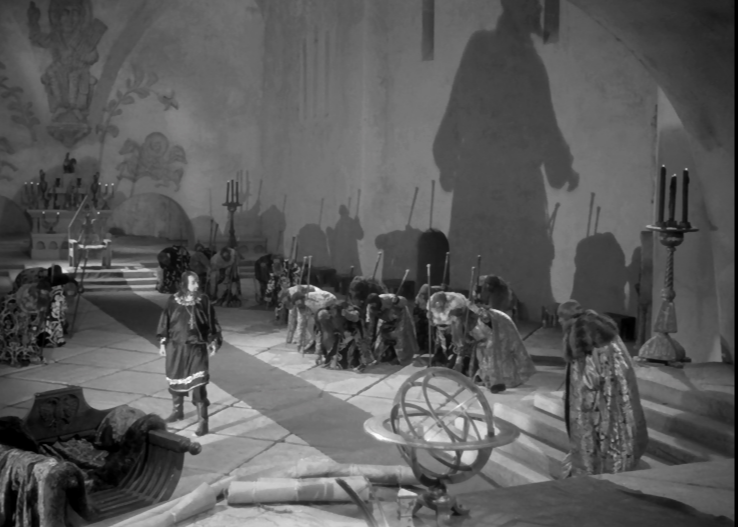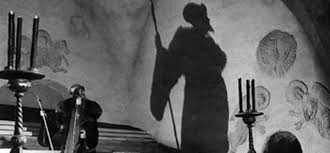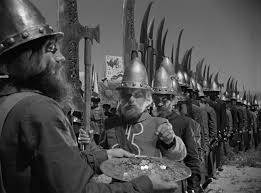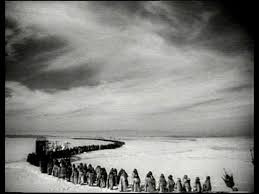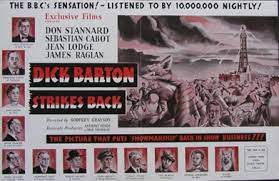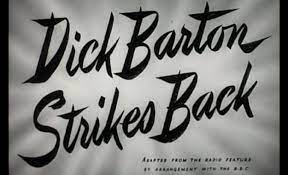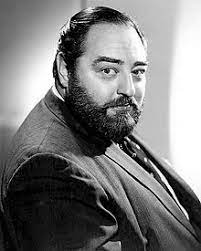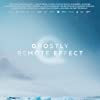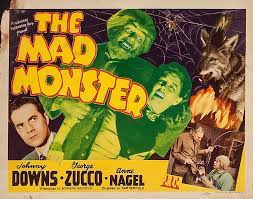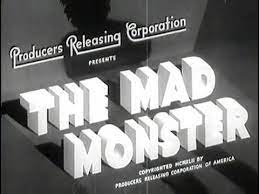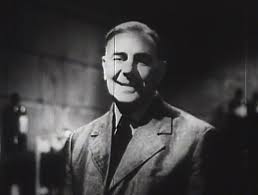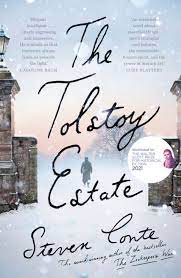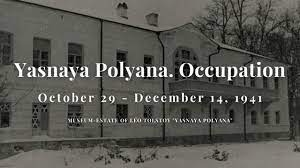The Net (aka Project M7) (1952)
IMDb meta-data is runtime of 1 hour and 26 minutes, rated 5.5 by 158 cinematizens.
Genre: Sy Fy; Species: Spy Fy.
Verdict: Not much Spy nor Sy fiction.
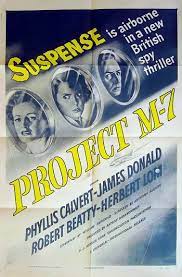
The Brits lead the world in…? Good question. Anthony Asquith, the director of this film, certainly leads the world in his ability to make a movie out of screenplay with plot holes, meaningless digressions, and forgotten characters.
A team of scientists, who disdain the term ‘engineers,’ it seems, have developed the Vulcan long-range aircraft and installed ‘nuclear motors’ in it. That’s it! That is what Brits lead the world in – delta-wing aviation. This one is sleek and amphibious (for some reason), though any engineer would tell these scientists that the drag on the surface of the water far exceeds the friction on wheels taking off from a runway. (For pedants, the only advantage of water-landing and takeoff is that no runway is needed.)
The special effects of this zoomer and boomer are well done. The top dog among the scientists is James Donald, woefully miscast as an action man, who makes the best of an odd role for this introspective, professorial type down to the elbow patches on the tweed jacket and all. He has an international team around him. A meteorologist with an off-again, on-again French accent, an oily Herbert Lom (who steals the show) with his Czech undertone, a Canadian security officer who does nothing and does it in a loud voice, all under the direction of the redoubtable Maurice Denholm (who has been in everything – twice). Then there is that doctor, smiling and affable with one and all, and dark and sinister as soon as they leave.
Denholm has an accident, and Doctor makes sure it is fatal, that in the first 15 minutes. Well there goes that. We know the villain as the villainy gets started. The rest is anti-climatic. Some screenplay.
The script also includes a bed-ridden elderly man who dies. A romance between the French accent and a shy scientist. The security officer does nothing. None of the above relates to the plot.
There are references to cabin fever among the workers but nothing is made of this and they are at the pub seeking relief more often than we see them doing any work. And speaking of workers, we never seen anyone with a spanner. Those peons are not part of the show since they lack slide rules.
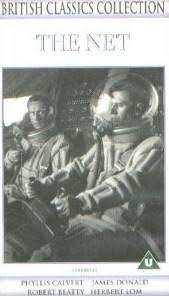
Doctor can also pilot a supersonic jet. Was that an elective in Med School? Did Denhom fall or was he pushed? We’ll never know. It is all very Cold War but there is only one cryptic reference to the ‘east.’
It is on Scifist 2.0 because of the nuclear motors, and the nifty pressure suits the pilots wear, but really it is a domestic drama about a workaholic who neglects his fetching wife whom Lom covets, while the others practice their accents.
The other issue is whether the thing will fly, and well, I think, we all knew the answer to that from the get-go, British technology always works. Remember the hovercraft! Wait, don’t remember that. But then we never do find out about M1- M6 that preceded M7. Gulp!

